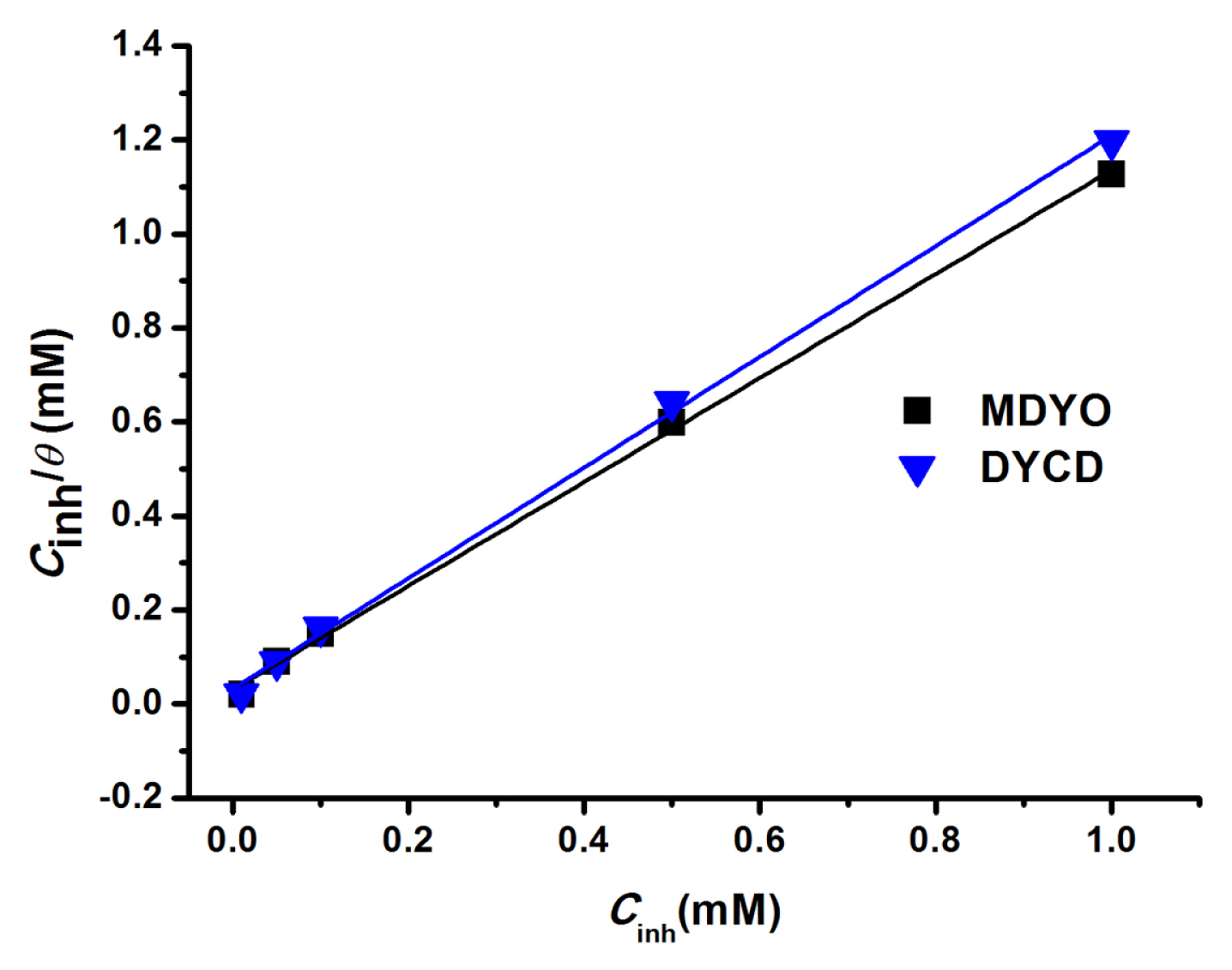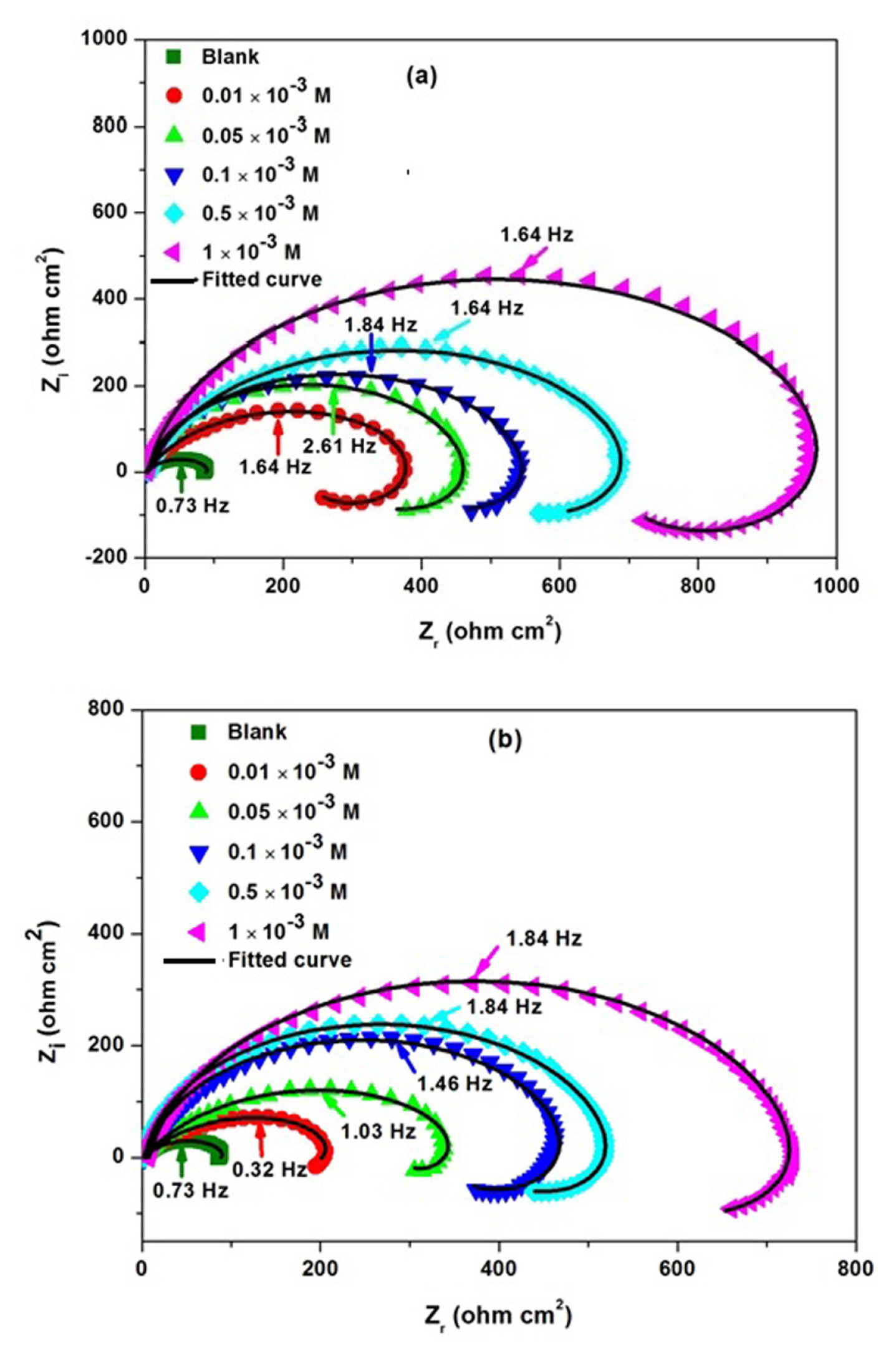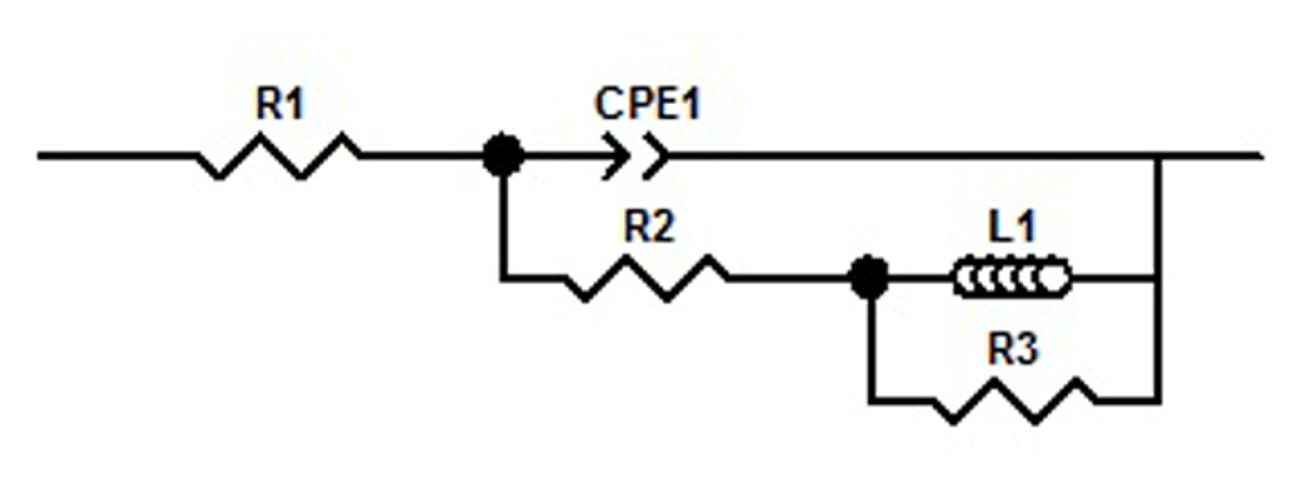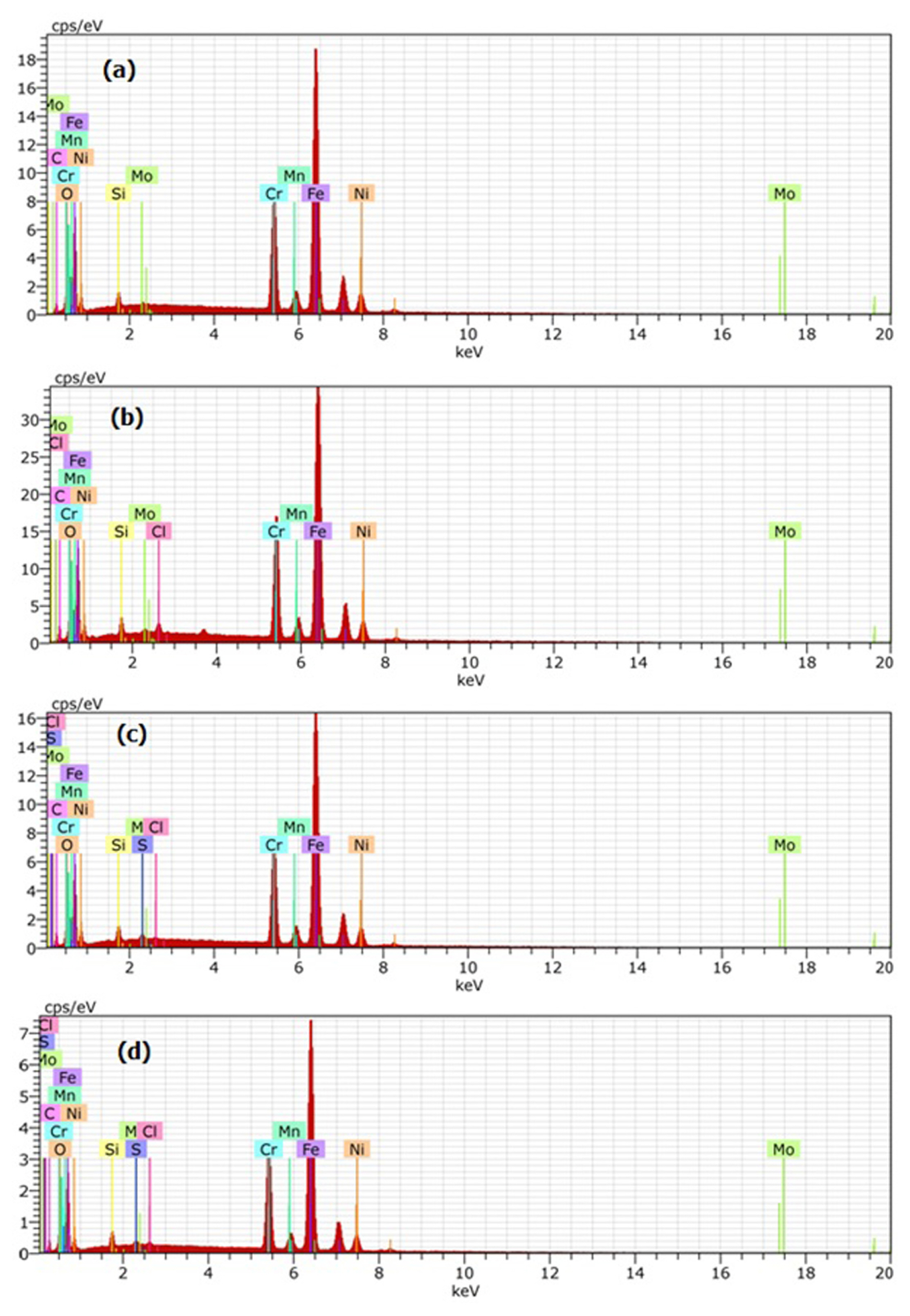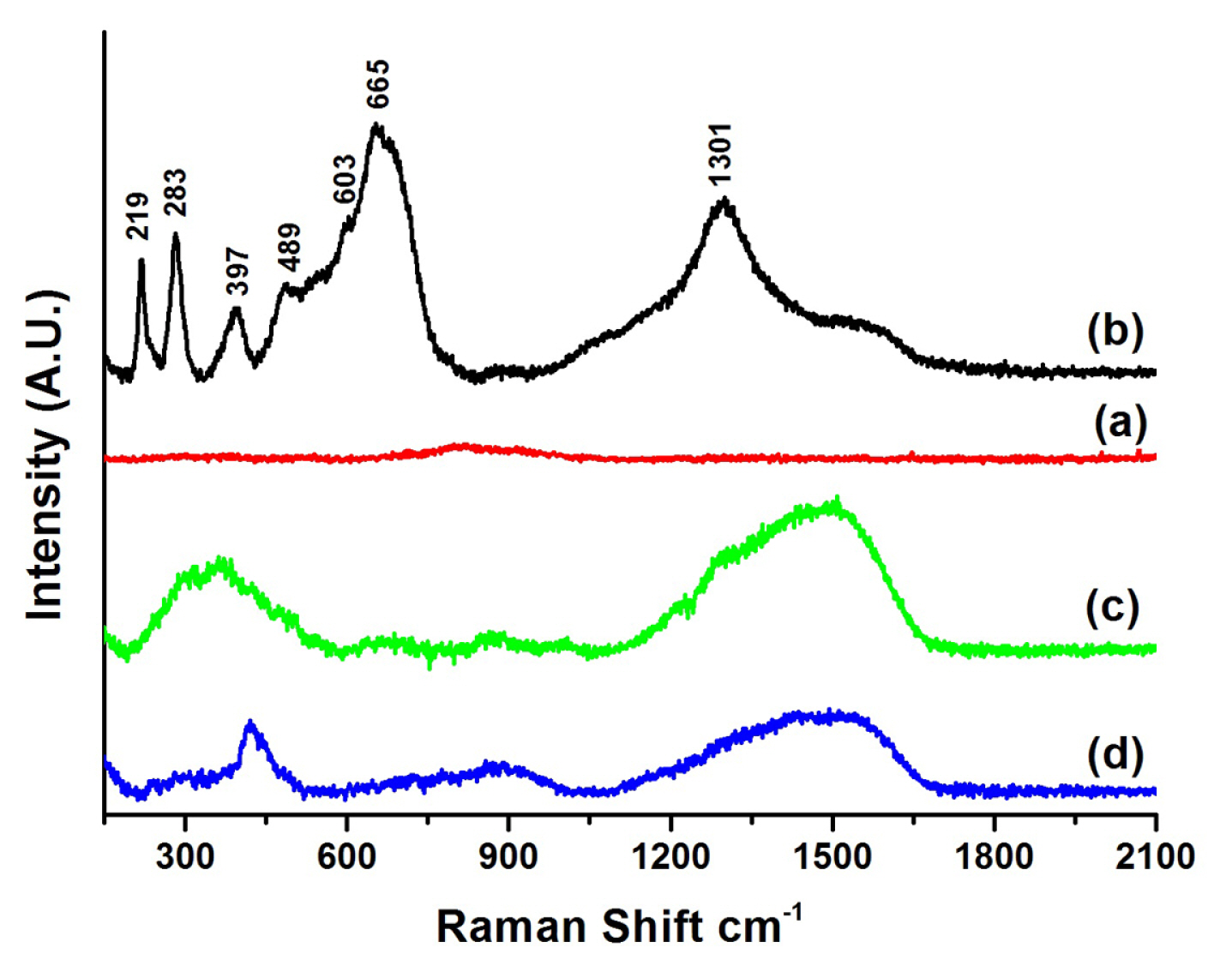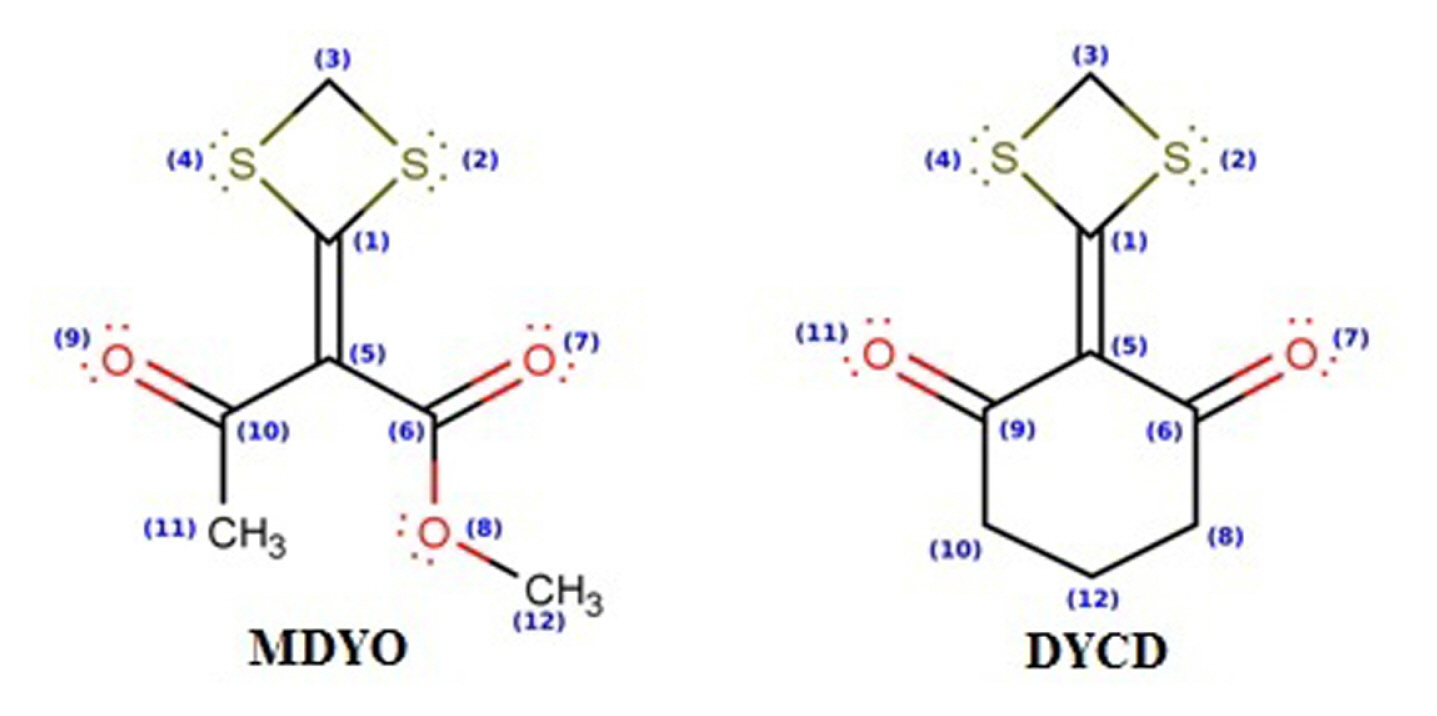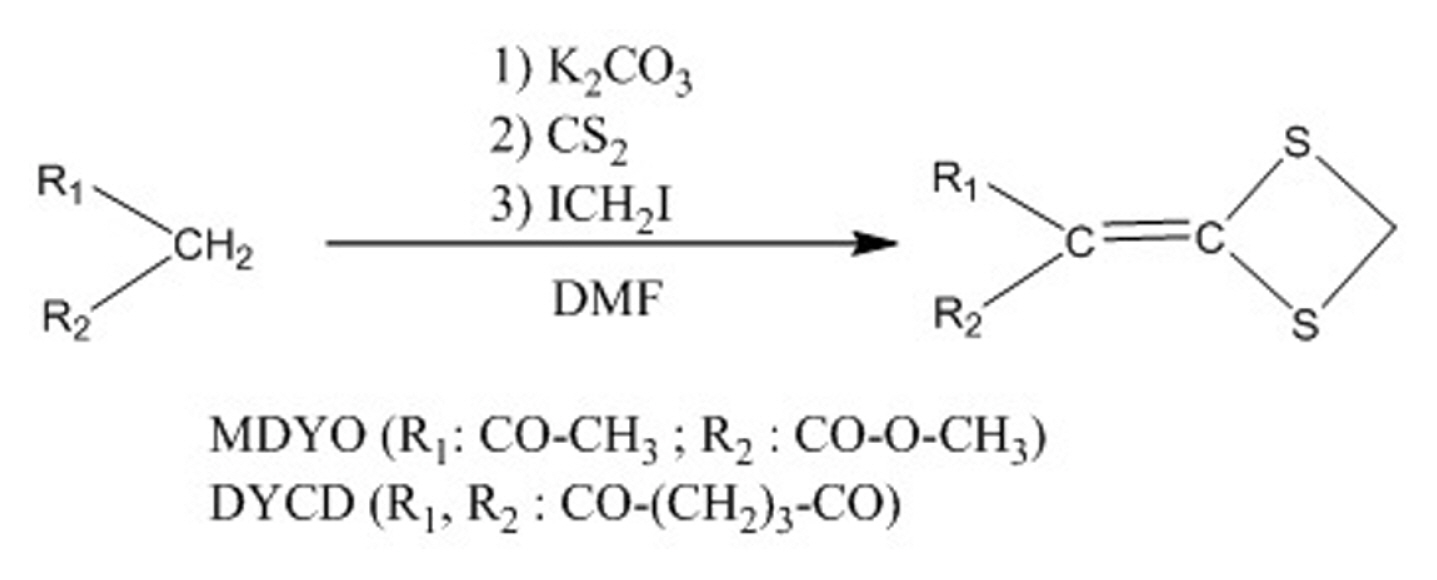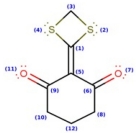[1] SA. Abd ElŌĆōMaksoud, Int J Electrochem Sci, 2008, 3(5), 528ŌĆō555.
[2] R. Fuchs-Godec and MG. Pavlovic,
Corros Sci,
2012,
58, 192ŌĆō201.

[3] N. Caliskan and E. Akbas,
Mater Chem Phys,
2011,
126(
3), 983ŌĆō988.

[4] EJ. Corey and DJ. Beames,
J Am Chem Soc,
1973,
95(
17), 5829ŌĆō5831.

[5] MP. Bosch, F. Camps, J. Coll, A. Guerrero, T. Tatsuoka and J. Meinwald,
J Org Chem,
1986,
51(
6), 773ŌĆō784.

[6] N. Shet, R. Nazareth and PA. Suchetan,
Chem Data Coll,
2019,
20, 100209.

[7] NAF. Al-Rawashdeh, AS. Alshamsi, S. Hisaindee, J. Graham and N. Al Shamisi,
Int J Electrochem Sci,
2017,
12, 8535ŌĆō8551.


[8] S. Vikneshvaran and S. Velmathi,
Surf Interfaces,
2017,
6, 134ŌĆō142.

[9] AS. Fouda, GY. El-Ewady and S. Fathy,
Desalin Water Treat,
2013,
51(
10ŌĆō12), 2202ŌĆō2213.

[10] R. Herle, SD. Shetty, UA. Kini and P. Shetty,
Chem Eng Comm,
2011,
198(
1), 120ŌĆō130.

[11] M. Behpour, SM. Ghoreishi, N. Mohammadi and M. Salavati-Niasari,
Corros Sci,
2011,
53(
10), 3380ŌĆō3387.

[12] M. Behpour, SM. Ghoreishi, N. Soltani and M. Salavati-Niasari,
Corros Sci,
2009,
51(
5), 1073ŌĆō1082.

[13] BP. Markhali, R. Naderib, M. Mahdavian, M. Sayebani and SY. Arman,
Corros Sci,
2013,
75, 269ŌĆō279.

[14] A. Fiala, W. Boukhedena, SE. Lemallem, H. Brahim Ladouani and H. Allal, J Bio Tribo Corros, 2019, 5(2), 1ŌĆō17.
[15] A. Fiala, A. Chibani, A. Darchen, A. Boulkamh and K. Djebbar,
Appl Surf Sci,
2007,
253(
24), 9347ŌĆō9356.

[16] B. Negroni, A. Botrel, M. H├®rail and A. Prouti├©re,
J Mol Struct,
1997,
405(
2ŌĆō3), 133ŌĆō138.

[17] MD. Hanwell, DE. Curtis, DC. Lonie, T. Vandermeersch, E. Zurek and GR. Hutchison, J Cheminform, 2012, 4, 17.
[18] F. Neese, Software update: the ORCA program system, version 4.0.
Wiley Interdiscip Rev Comput Mol Sci,
2018,
8(
1), e1327.

[19] F. Neese, The ORCA program system.
Wiley Interdiscip Rev Comput Mol Sci,
2012,
2(
1), 73ŌĆō78.

[20] T. Yanai, DP. Tew and NC. Handy,
Chem Phys Lett,
2004,
393(
1ŌĆō3), 51ŌĆō57.

[21] F. Weigend and R. Ahlrichs,
Phys Chem Chem Phys,
2005,
7, 3297ŌĆō3305.

[22] TY. Nikolaienko, LA. Bulavin and DM. Hovorun,
Theor Chem,
2014,
1050, 15ŌĆō22.

[23] RG. Pearson,
Inorg Chem,
1988,
27(
4), 734ŌĆō740.

[24] M. Rbaa and B. Lakhrissi,
Surf Interfaces,
2019,
15, 43ŌĆō59.

[25] Z. Salarvand, M. Amirnasr, M. Talebian, K. Raeissi and S. Meghdadi,
Corros Sci,
2017,
114, 133ŌĆō145.

[26] M. Yadav, RR. Sinha, S. Kumar, I. Bahadur and EE. Ebenso,
J Mol Liq,
2015,
208, 322ŌĆō332.

[27] M. El Faydya, M. Rbaaa, L. Lakhrissia, B. Lakhrissia, I. Waradb, A. Zarroukc and IB. Obot,
Surf Interfaces,
2019,
14, 222ŌĆō237.

[28] D. Daoud, T. Douadi, H. Hamani, S. Chafaa and M. Al-Noaimi,
Corros Sci,
2015,
94, 21ŌĆō37.

[29] A. Bousskri, A. Anejjar, M. Messali, R. Salghi, O. Benali, Y. Karzazi, S. Jodeh, M. Zougagh, EE. Ebenso and B. Hammouti,
J Mol Liq,
2015,
211, 1000ŌĆō1008.

[30] S. Bashir, V. Sharma, H. Lgaz, IM. Chung, A. Singh and A. Kumar,
J Mol Liq,
2018,
263, 454ŌĆō462.

[31] R. Solmaz,
Corros Sci,
2014,
79, 169ŌĆō176.

[32] B. Xu, Y. Liu, X. Yin, W. Yong and Y. Chen,
Corros Sci,
2013,
74, 206ŌĆō213.

[33] R. Solmaz, G. Kardas, M. Culha, B. Yazici and M. Erbil,
Electrochim Acta,
2008,
53(
20), 5941ŌĆō5952.

[34] O. Sanni, API. Popoola and OSI. Fayomi, J Bio Tribo Corros, 2019, 5(4), 1ŌĆō8.
[35] GM. Schmid and HJ. Huang,
Corros Sci,
1980,
20(
8ŌĆō9), 1041ŌĆō1057.

[36] A. Salhi, S. Tighadouini, M. El-Massaoudi, M. Elbelghiti, A. Bouyanzer, S. Radi, S. El Barkany, F. Bentiss and A. Zarrouk,
J Mol Liq,
2017,
248, 340ŌĆō349.

[37] S. Martinez and I. Stern,
Appl Surf Sci,
2002,
199(
1ŌĆō4), 83ŌĆō89.

[38] SS. Abd El Rehim, MAM. Ibrahim and KF. Khalid,
Mater Chem Phys,
2001,
70(
3), 268ŌĆō273.

[39] L. Zhou, YL. Lv, YX. Hu, JH. Zhao, X. Xia and X. Li,
J Mol Liq,
2018,
249, 179ŌĆō187.

[40] M. El Azzouzi, A. Aouniti, S. Tighadouin, H. Elmsellem, S. Radi, B. Hammouti, AEl. Assyry, F. Bentiss and A. Zarrouk,
J Mol Liq,
2016,
221, 633ŌĆō641.

[41] Y. Sasikumar, AS. Adekunle, LO. Olasunkanmi, I. Bahadur, R. Baskar, MM. Kabanda, IB. Obot and EE. Ebenso,
J Mol Liq,
2015,
211, 105ŌĆō118.

[42] M. Mahdavian and M. Attar,
Corros Sci,
2009,
51(
2), 409ŌĆō414.

[43] MA. Amin, SS. Abd El-Rehim, EEF. El-Sherbini, OA. Hazzazi and MN. Abbas,
Corros Sci,
2009,
51(
3), 658ŌĆō667.

[44] MA. Amin and MM. Ibrahim,
Corros Sci,
2011,
53(
3), 873ŌĆō885.

[45] MA. Amin, SS. Abd El Rehim and HTM. Abdel-Fatah,
Corros Sci,
2009,
51(
4), 882ŌĆō894.

[46] E. McCafferty,
Corros Sci,
2005,
47(
12), 3202ŌĆō3215.

[47] G. Quartarone, T. Bellomi and A. Zingales,
Corros Sci,
2003,
45(
4), 715ŌĆō733.

[48] NT. Thomas and K. Nobe,
J Electrochem Soc,
1972,
119(
11), 1450ŌĆō1456.

[49] B. Ait Addi, B. El Ibrahimi, A. Ait Addi, A. Shaban, E. Ait Addi and M. Hamdani,
Electroanalysis,
2021,
33(
3), 804ŌĆō819.

[50] D. Landolt, Corrosion et Chimie de Surface des M├®taux. 1st Edition. Alden Press, Oxford, 1993.
[51] LL. Liano, S. Mo, HQ. Luo and NB. Li,
J Colloid Interface Sci,
2017,
499, 110ŌĆō119.

[52] P. Mourya, P. Singh, AK. Tewari, RB. Rastogi and MM. Singh,
Corros Sci,
2015,
95, 71ŌĆō87.

[53] X. Li, S. Deng and H. Fu,
Corros Sci,
2011,
53(
1), 302ŌĆō309.

[54] I. benhammed, T. Douadi, S. Issaadi, M. Al-Noaimi and S. Chafaa, J Dispers Sci Technol, 2020, 41(7), 1001ŌĆō1021.
[55] X. Li, S. Deng, T. Lin, X. Xie and X. Xu,
J Mol Liq,
2019,
274, 77ŌĆō89.

[56] H. Heydari, M. Talebian, Z. Salarvand and K. Raeissi,
J Mol Liq,
2018,
254, 177ŌĆō187.

[57] A. Singh, KR. Ansari, A. Kumar, W. Liu and C. Songsong,
J Alloys Compd,
2017,
712, 121ŌĆō133.

[58] AK. Singh and P. Singh,
J Ind Eng Chem,
2015,
21, 552ŌĆō560.

[59] PZ. Leena, NH. Hukuman, AR. Biju and M. Jisha, J Electrochem Sci Technol, 2019, 10(2), 231ŌĆō243.
[60] E. Guti├®rrez, JA. Rodr├Łguez, J. Cruz-Borbolla, JG. Alvarado-Rodr├Łguez and P. Thangarasu,
Corros Sci,
2016,
108, 23ŌĆō25.

[61] H. Hamani, T. Douadi, M. Al-Noaimi, S. Issaadi, D. Daoud and S. Chafaa,
Corros Sci,
2014,
88, 234ŌĆō245.

[62] AK. Singh, S. Mohapatra and B. Pani,
J Ind Eng Chem,
2016,
33, 288ŌĆō297.

[63] P. Geethamani and PK. Kasthuri,
J Taiwan Inst Chem Eng,
2016,
63, 490ŌĆō499.

[64] H. Gerengi, HI. Ugras, MM. Solomon, SA. Umoren, M. Kurtay and N. Atar,
J Adhes Sci Technol,
2016,
30(
21), 2383ŌĆō2403.

[65] L. Bellot-Gurlet, D. Neff, S. R├®guer, J. Monnier, M. Saheb and P. Dillmann,
J Nano Res,
2009,
8, 147ŌĆō156.


[66] AG. Nasibulin, S. Rackauskas, H. Jiang, Y. Tian, PR. Mudimela, SD. Shandakov and et. al,
Nano Res,
2009,
2, 373ŌĆō379.


[67] P. Colomban, S. Cherifi and G. Despert,
J Raman Spectrosc,
2008,
39(
7), 881ŌĆō886.

[68] D. Costa and P. Marcus, Molecular modeling of corrosion processes scientific development and engineering applications. Wiley, New Jersey,
2015. p.125ŌĆō156.

[69] M. Finsgar, A. Lesar, A. Kokalj and I. Milosev,
Electrochim Acta,
2008,
53(
28), 8287ŌĆō8297.

[70] Z. El Adnani, M. Mcharfi, M. Sfaira, M. Benzakour, A. Benjelloun and ME. Touhami,
Corros Sci,
2013,
68, 223ŌĆō230.

[71] EE. Ebenso, DA. Isabirye and NO. Eddy,
Int J Mol Sci,
2010,
11(
6), 2473ŌĆō2498.

[72] RG. Parr and RG. Pearson,
J Am Chem Soc,
1983,
105(
26), 7512ŌĆō7516.

[73] H. Wang, X. Wang, H. Wang, L. Wang and A. Liu,
J Mol Model,
2007,
13, 147ŌĆō153.


[74] K. Ramya, R. Mohan and A. Joseph,
J Taiwan Inst Chem Eng,
2014,
45(
6), 3021ŌĆō3032.

[75] IB. Obot, DD. Macdonald and ZM. Gasem,
Corros Sci,
2015,
99, 1ŌĆō30.





